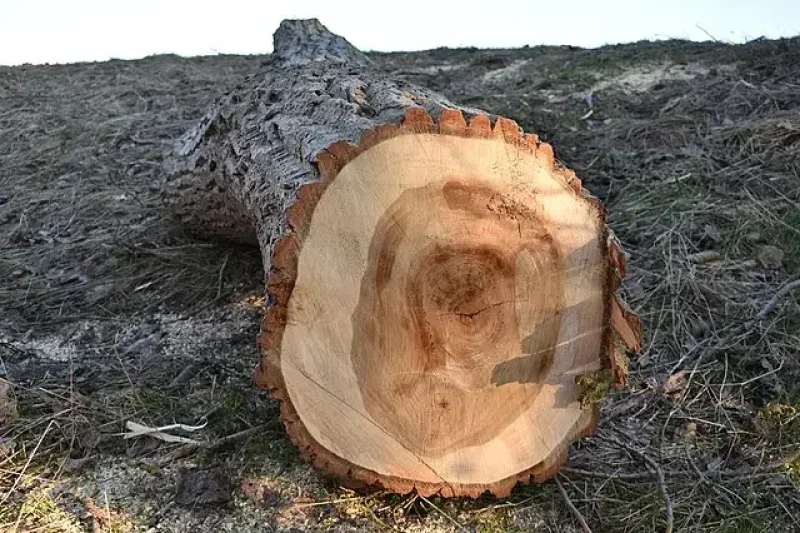Wood consists of about 25 percent lignin, but the paper and fiber industries remove it because it lowers the quality of their products—for instance, by yellowing paper that comes in contact with air. Lowering the lignin content in the trees themselves would reduce the need for that process, said genome editing specialist Rodolphe Barrangou at North Carolina State University (NCSU) and coauthor of the paper, which was recently published in Science.
To test the strategies experimentally, the team used multiplex CRISPR, a genetic engineering technique that targets multiple genes simultaneously to generate 174 engineered tree lines. After growing inside a greenhouse for six months, the CRISPR trees showed significant improvements in desirable wood properties compared to wild type trees. In the most drastic cases, the lignin content was reduced by 29 percent and the cellulose-to-lignin ratio increased by 228 percent.
…
The process of removing lignin from wood is very demanding “in terms of materials, solvents energy, pressure,” and generates chemical waste, said Leuphana University of Lüneburg’s Vânia Zuin Zeidler, who studies sustainable chemistry and wasn’t involved in the work. That makes this study very relevant, especially considering the climate crisis, she said.































